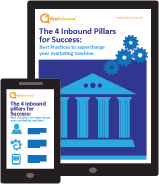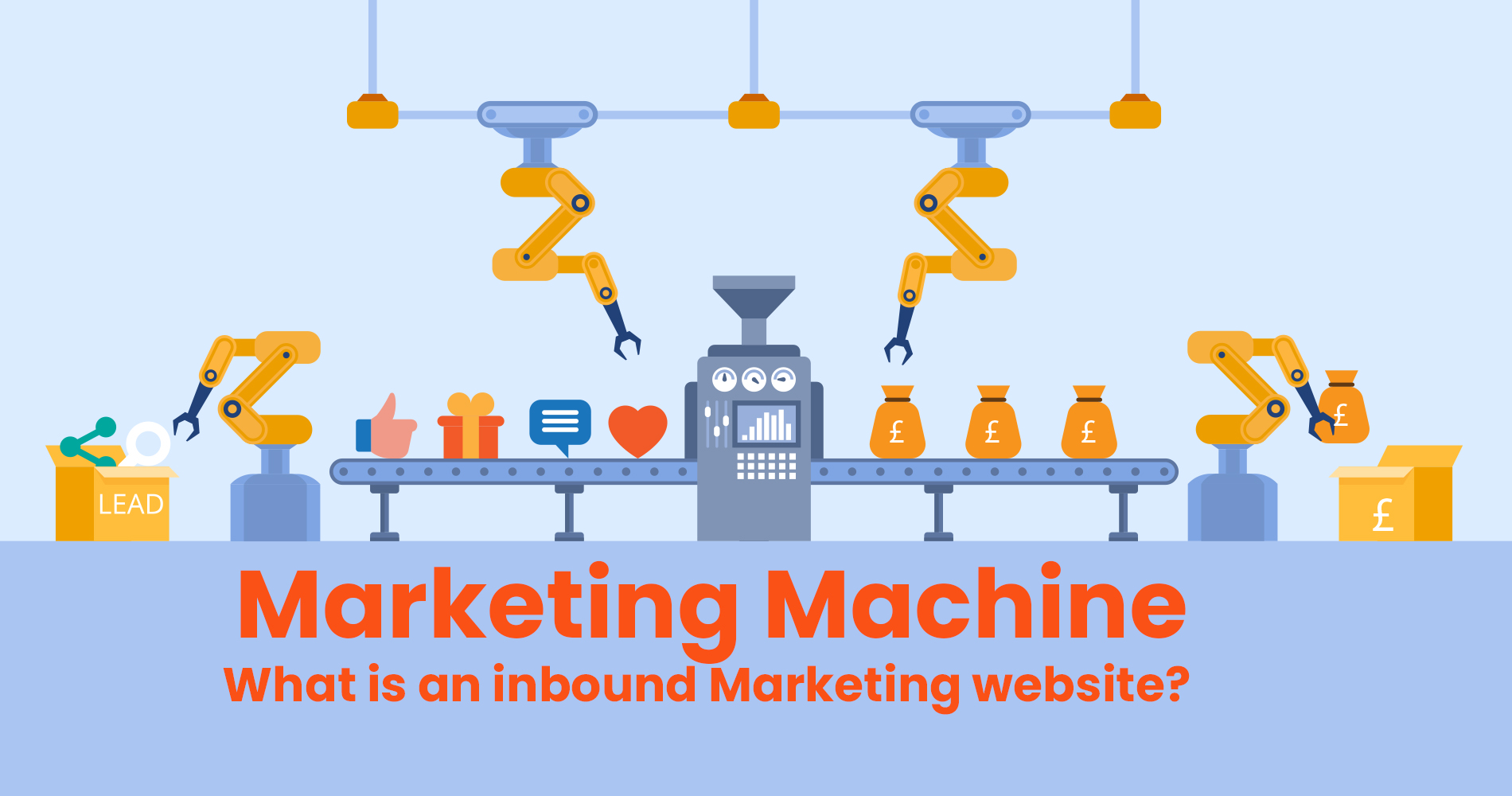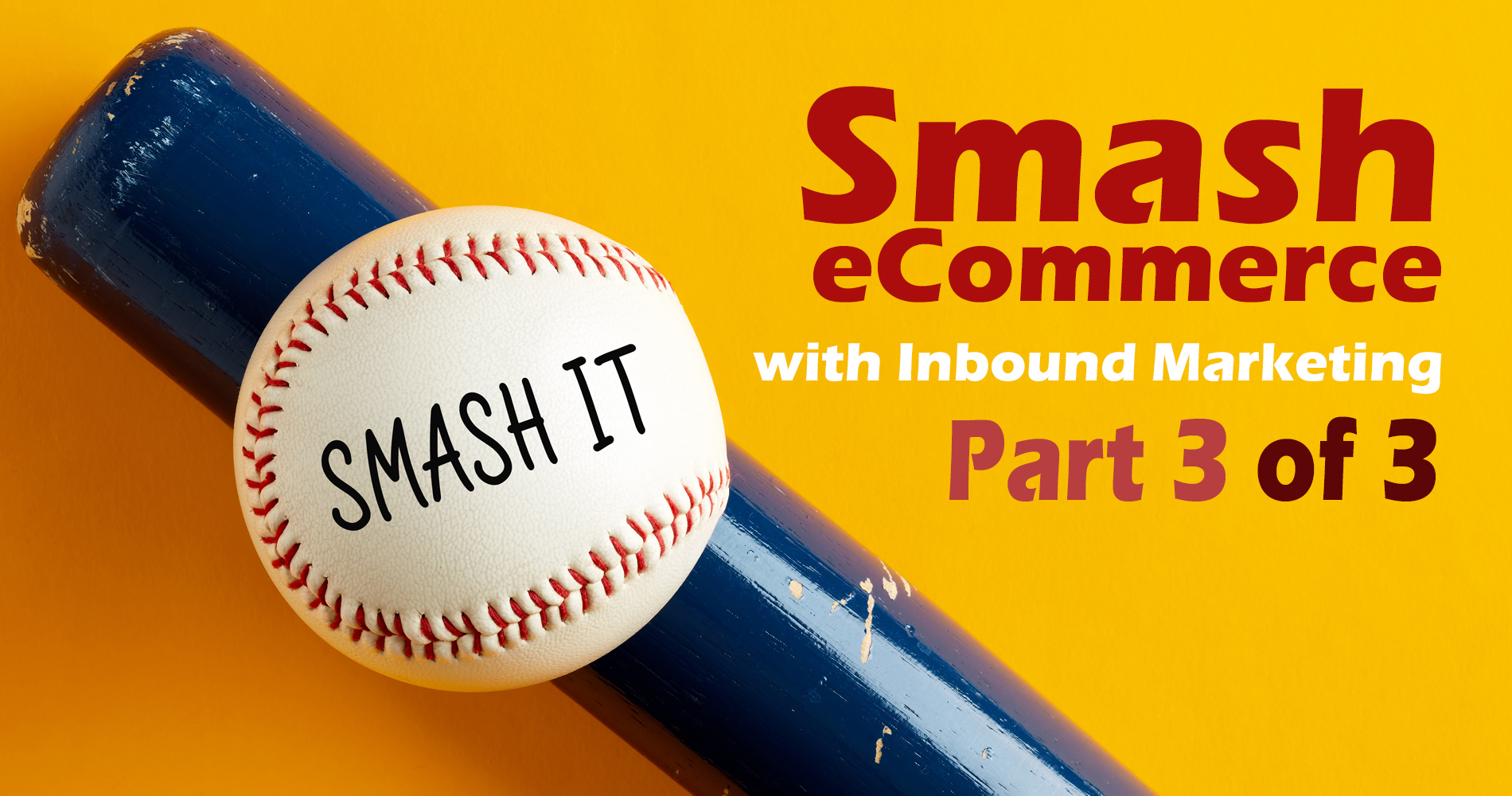Whether you're a sales professional, marketing professional, consultant, or even a blogger, you need a website that's inbound-ready! An inbound-ready website can attract visitors, inform them and convert them into customers. Of course, it's not that simple! There are plenty of things to take into consideration while writing a website. You have to write great copy that's enticing, informative, and well-written. You have to include great images and videos and make sure the website design is well-crafted. Be careful with ad placements, don't overload the visitor with information, and make it easy for your visitors to find exactly what they're looking for.
If inbound marketing is deployed alongside it, it can support traffic acquisition, lead generation, and demand creation.
We often like to talk about how it is important to have an inbound-ready website if you want inbound marketing strategies to succeed. One thing that often holds back companies in creating such a website is the lack of time. In the beginning stages, it can be hard to make the time for useful content generation, brand building, and customer nurturing activities. While it's understandable that your budget might not allow a lot of funds to go towards getting online marketing-friendly websites built, what you can do instead is try utilising some great value tools own with readymade fancy-looking interfaces that don't cost much at all or aren't even free - like infographics pictures/images or even quick/fun videos on YouTube for example!
Why your website needs to be inbound-ready
Inbound marketing is the most reliable way for B2B companies to grow. Content that propels traffic and generates leads will enable you to attain your ideal buyer. However, such content will not yield tangible results in terms of qualified leads, opportunities, or demand.
Building a successful inbound program is no easy feat! It should be able to perform a few key functions, without which the results will take a long, long time to materialise. Here are the components that should be in place: - It should have a swimming pool of content that is interesting and educative - It should have a funnel that directs visitors to the aforementioned content - It should have a sales conversion that is finely tuned to the right sales pitch to get more visitors - It should have a database with accurate, complete and regularly updated contact information - It should have a well-planned strategy that is easy to implement - It should have a solid infrastructure to support its daily operations.
Search engine optimisation starts with a website
Content marketing and inbound marketing strategies include website pages as an integral part of search engine optimisation.
Most inbound discussions focus on attracting and converting top-of-the-funnel leads, which are then nurtured until they are ready to purchase. Despite the importance of this and behavior that supports it, there is also another pressing need in B2B marketing - being discovered by buyers who have already made their decisions.
This is because the title of a blog post must be aimed at the longer, value-driven search terms of your buyers that will help draw them towards you and your website for further information about what it is that you have to offer. A page on your website however should be aimed at shorter Keyphrases that represent the needs and questions of your targeted visitors in their consideration and decision-making stages; these being more fashionable.
One step to creating a successful website is through creating a highly relevant internal linking structure that allows content to be easily accessed by visitors. By doing this, search engines will deem your website as highly relevant to the keywords people search for because the content is all interconnected and looks like a more cohesive website. In following this step, you'll also be able to better connect your visitors to purchase your products. Not only will search engines rank your website more highly, but they'll also be able to lead your visitors to the pages they want to see!
Demand generation begins with a website
Many business-to-business purchases involve a visit to the supplier's main website first.
As many, if not more, of your buyers, will only visit your website before deciding whether to buy or not after consuming your content.
When it comes to B2B marketing, most qualified leads convert at the bottom of your funnel on their first visit to your site, and without having consumed any content beforehand - unbelievable, but true.
Inbound marketing may not generate as much success for you as it could if your website does not effectively communicate critical information and generate leads.
How can a website become inbound-ready?
Your website is like a plane and inbound marketing is the runway that helps it land. With inbound marketing, you're not just putting up a site and posting jobs on LinkedIn. Inbound marketing is more about driving traffic to your site through search engine optimisation, blogging, and social media. Several factors will make your website function like a high-flying plane. First, you should make sure to update your website daily. Put together a blog, include a portfolio and make sure to include any certifications or training you have received. Second, share relevant links on your social media accounts. Many people check their social media accounts throughout the day, so you're able to share your link with them. Third, find the right keywords and use them in your content.
Site structure and content - The internal linking opportunities within your content and the overall user experience can both be enhanced by aligning key pages to the primary SEO keywords and path to purchase. The smaller, more focused site creates a stronger foundation than a large, sprawling site lacking in these aspects.
Navigation - A website's navigation lets visitors know what information is relevant to their purchase decisions. It's better to keep things simple. Reduced navigation draws attention to the most important content, which increases engagement with that content and generates more bottom-of-funnel conversions.
Conversion - Providing relevant and varied ways for website visitors to convert into qualified, bottom-of-the-funnel leads is the key to inbound growth. As a conversion offer, software companies can display a demo or free trial, while service companies may offer consultations or assessments. Yet, we must still make it possible for businesses to speak with sales and engage a supplier, particularly for complicated sales. Today, live chat and messaging are easy ways to test conversions on your website.
Design - The state of good design is one that many people believe should be subjective, but there are a few core principles that many agree on. Good design is easily navigable, has a strong hierarchy, and is free of clutter. The bad design looks cluttered, is illegible, and is too complicated. While it's up to you to decide if good design is subjective or not, you should think about the quality of the website you're building. As time goes on, the standard of design is increasing, and modern buyers will have higher and higher expectations. If you have a bad website, it will do more harm than good.
Conclusion
 Do you need to redesign your website? It might be time to do so if you've been looking at your stats and you've noticed that they're not where they used to be. Many companies are overhauling their websites, and not just to make them more flashy. It's important to consider how you want to rebrand your business. A lot of people make the mistake of wanting to redesign their site to reflect a new product line or service. But what's even more important is that you find a way to improve the user experience. Does the navigation make sense? Is there a way to better engage your users? A new look will only look good if it's better for your users.
Do you need to redesign your website? It might be time to do so if you've been looking at your stats and you've noticed that they're not where they used to be. Many companies are overhauling their websites, and not just to make them more flashy. It's important to consider how you want to rebrand your business. A lot of people make the mistake of wanting to redesign their site to reflect a new product line or service. But what's even more important is that you find a way to improve the user experience. Does the navigation make sense? Is there a way to better engage your users? A new look will only look good if it's better for your users.





